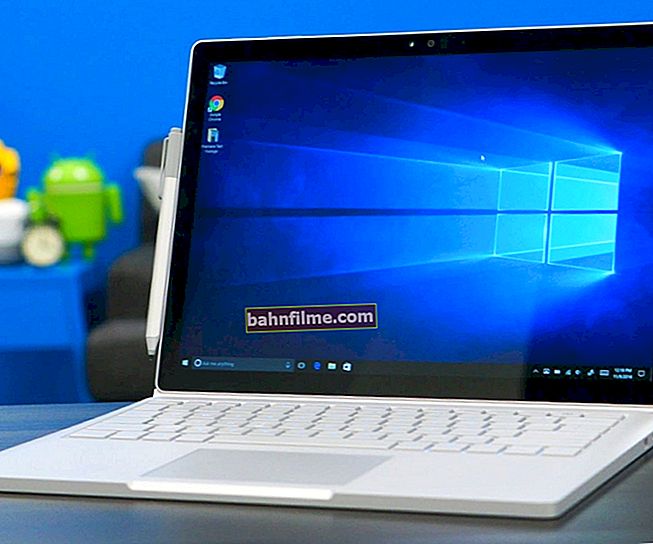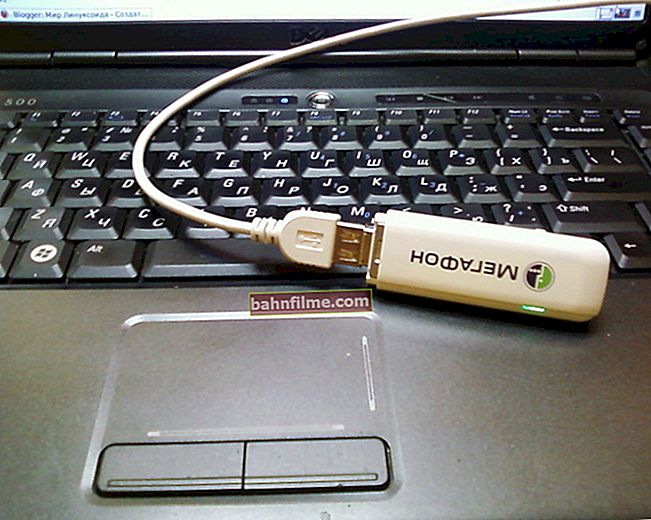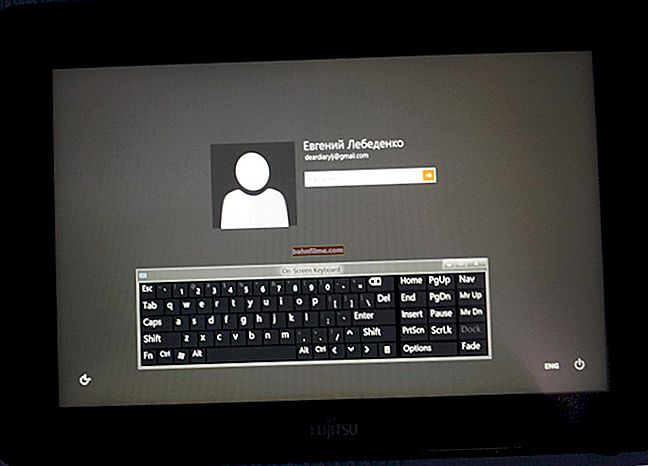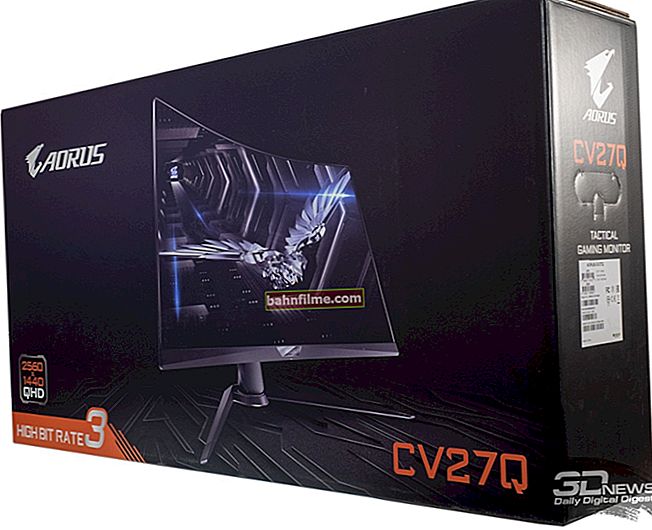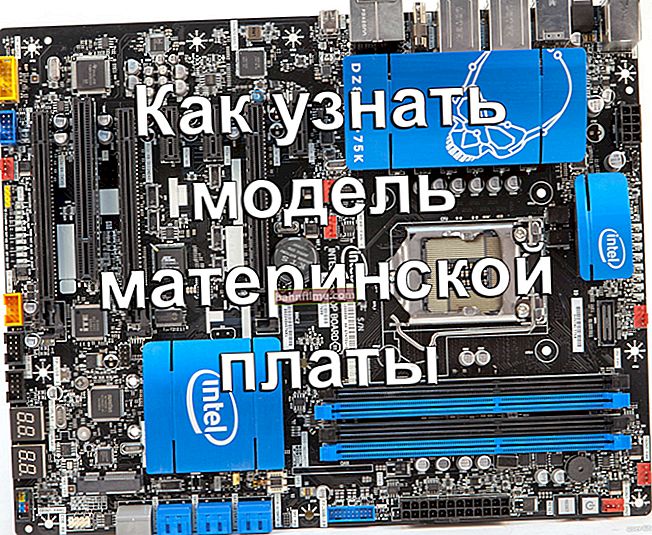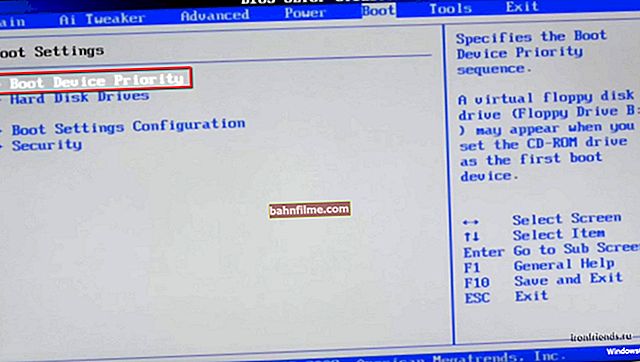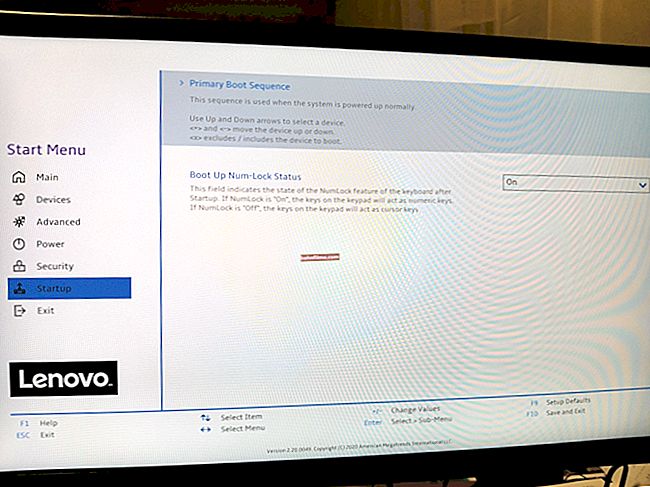 Good day!
Good day!
Not so long ago on the blog I posted a couple of articles to accelerate video cards from nVidia and IntelHD, now it's time for AMD  ...
...
In general, I should note (from my experience) that AMD video cards are one of the best in terms of speeding up and increasing the number of FPS by fine-tuning the power supply parameters and 3-D graphics. Perhaps that's why I'm still not indifferent to AMD ...
According to my observations, even without any overclocking, the AMD video card can be "pointwise" adjusted and thus increase the number of FPS by at least 10-20% (and even if you resort to overclocking and "tricky" settings of the game itself ...)!
Note!
If you have an IntelHD or nVidia video card, then I recommend the following articles:
- IntelHD graphics - //ocomp.info/kak-uskorit-videokartu-intelhd-povyishenie-proizvoditelnosti-minimum-na-10-15.html;
- nVidia (GeForce) - //ocomp.info/kak-povyisit-proizvoditelnost-videokart-nvidia.html.
An article on increasing FPS in games may also be useful - //ocomp.info/kak-uznat-fps-v-igre-i-povyisit-fps.html
*
Where to begin? With drivers!
The driver version sometimes has a big impact on the performance of a video card. If you do not have the "native" AMD drivers installed (with " AMD Catalyst Control Center "), then you cannot customize them for yourself.
This can happen, for example, if you haven't updated your drivers after installing Windows. It is very easy to check if this is so, try clicking on the desktop, anywhere, the right mouse button - is there a link to the driver setting in the pop-up menu (usually this: "AMD Catalyst Control Center" or "Graphics Properties" - see Figure 1 below) .

An article about programs and utilities for updating drivers - //ocomp.info/update-drivers.html
Therefore, a simple advice before you start configuring the video card is to update the drivers (the link is given above): perhaps new functions and parameters have appeared that will help optimize the operation of your hardware.
A note on the importance of "firewood" ...
By the way, 15 years ago, I had an ATI Radeon video card (I will not name the exact model now). The bottom line is that in addition to the official drivers, there were "not official" drivers - Omega Drivers (by the way, an excellent driver package).
So, by installing these drivers and turning on the maximum performance (in their settings), it was possible to significantly increase the performance of the video card!
In numbers...
I could not pass one level in the game in any way, tk. he was terribly slow (FPS: 27-30). After installing Omega Drivers and configuring them, the FPS went up to 36-40. Not a lot, but it allowed to pass the level ...
Approx. : Now there is no point in installing Omega Drivers (this was not an advertisement, just a demonstrative example).
Adjusting graphics in AMD Catalyst Control Center // to improve performance
And so, let's go directly to the setup ... First, open the control panel - AMD Catalyst Control Center ... To do this, just click on the tray icon, or just right-click anywhere on the desktop and follow the link "Graphics Properties" (or "AMD Radeon Settings") - see fig. one.
Note! I will show the settings of the video card on an ordinary "average" laptop for today, with two video cards: one built-in - IntelHD, and the other discrete - AMD. In principle, for owners of a PC, or for those who have a laptop with one video card, the settings will not be radically different (unless there are small "errors" in the designation and translation of some menus).

Fig. 1. Two ways how you can open AMD Radeon video card settings / clickable
Next, you need to open the section "Games" , then the "Global Settings" tab (in older versions of drivers, section "Configuring 3-D Applications / System Parameters") .
After that, to enable the maximum performance of the video card, you need to specify the following (see Fig. 2, some menus may differ, but the main thing will be the same):
Smoothing:
- Anti-aliasing mode: use the application settings (this way we will be able to set the settings ourselves in each application (game) (if they are there));
- Sample smoothing: use application settings (similar);
- Filter: Standart;
- Anti-aliasing method: adaptive multiple sampling
- Morphological Filtering: Off;
Texture filtering:
- Anisotropic filtering mode: Use application settings;
- Anisotropic filtering level: Use application settings (16x);
- Texture filtering quality: Performance;
- Surface Format Optimization: On;
Frame rate control:
- Wait for vertical update: Always off;
- OpenLG Triple Buffering: Off;
Tessellation:
- Tessellation Mode: AMD Optimized;
- Max Tessellation Level: AMD Optimized.
- Frame rate control: Disabled.

Fig. 2. Radeon Settings - Global Options / Clickable

AMD Graphics Settings (another version of the AMD Radeon Control Panel)

Fig. 2.1. 3D Application Settings - AMD (Old Driver Version)
After changing the 3-D graphics settings, open the section "Food" then the tab PowerPlay ... This tab is responsible for managing GPU performance when the laptop is running on battery or mains power. In general, you need to set the parameter on both tabs "Maximum performance" (as in Fig. 3.).
Note: this option may not be available in some driver versions.

Fig. 3. PowerPlay - power settings
Addition!
By the way, please note that in the new versions of AMD Radeon drivers, it is possible to optimize the adapter for performance (or quality) literally in 2 mouse clicks. To do this, just click on the AMD icon in the system tray next to the clock (see example below in Fig. 3.1).

Fig. 3.1. AMD Radeon - Optimize Quality or Performance
Switching graphics, options // integrated and discrete video cards
Laptops that have two video cards - during normal operation in Windows (for example, watching movies, surfing the web), usually have an integrated (integrated) video card, which consumes fewer resources (which is justified).
When you start a game, discrete should start working, but sometimes it doesn't. As a result, you play "on an integrated video card" - that's why the game slows down. To speed up the work of an AMD video card, first, you need it to be at least involved and working ...
REFERENCE
Discrete graphics card - video card as a separate board. Its features:
- provides higher performance compared to the built-in one (for games, for high-quality video, graphics, etc.);
- consumes more power (which is quite critical for a laptop, since many users prefer to work on battery power);
- as a result of this, usually, a discrete video card starts up only when the system is under high load (for example, when starting 3D games);
- with a high load on it - you will hear the noise of coolers (fans);
- in the event of a discrete video card breakdown, it is quite easy to replace.
Integrated (or integrated) graphics card Is a graphics card built directly into the processor or motherboard of your laptop. Its features:
- lower performance compared to discrete (although many games can run pretty well. For example, one of my laptops has Intel HD 4400 installed - you can play WOW, Civilization IV / V, Tanks, etc. For older games, as a rule, such a video card suitable for "hurray");
- consumes less energy;
- practically silent (a big plus for a laptop and for users who do not like noise (for me, for example));
- much cheaper (thanks to this, there are now affordable laptops on sale for a wide range of consumers).
So, in the control panel AMD Catalyst Control Center there is a special tab that regulates the "relationship" between the integrated and discrete video cards - this section "Global options for switchable graphics" .
In it you need to set the following parameters:
- deliver maximum performance for battery and mains;
- uncheck the box next to the item "Allow advanced power saving options" (if you do not remove it, the laptop may start saving on performance, trying to conserve battery power for a longer time).

Fig. 4. Global parameters of switchable graphics
In the tab Switchable Graphics Application Options I recommend doing the following: select your game (if it is not there, add it, see fig. 5, arrow-4), and switch its mode to "High performance" (arrow-3 in Fig. 5). Thus, a discrete video card will be involved in the work (which will give maximum performance).

Fig. 5. Options for switchable graphics applications
It remains only to save the entered settings and try to start the game again ...
*
This completes the setup, good luck!
👣
Article revised: 01/05/2020
